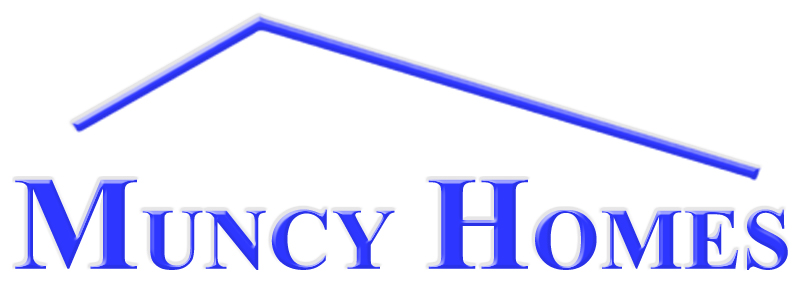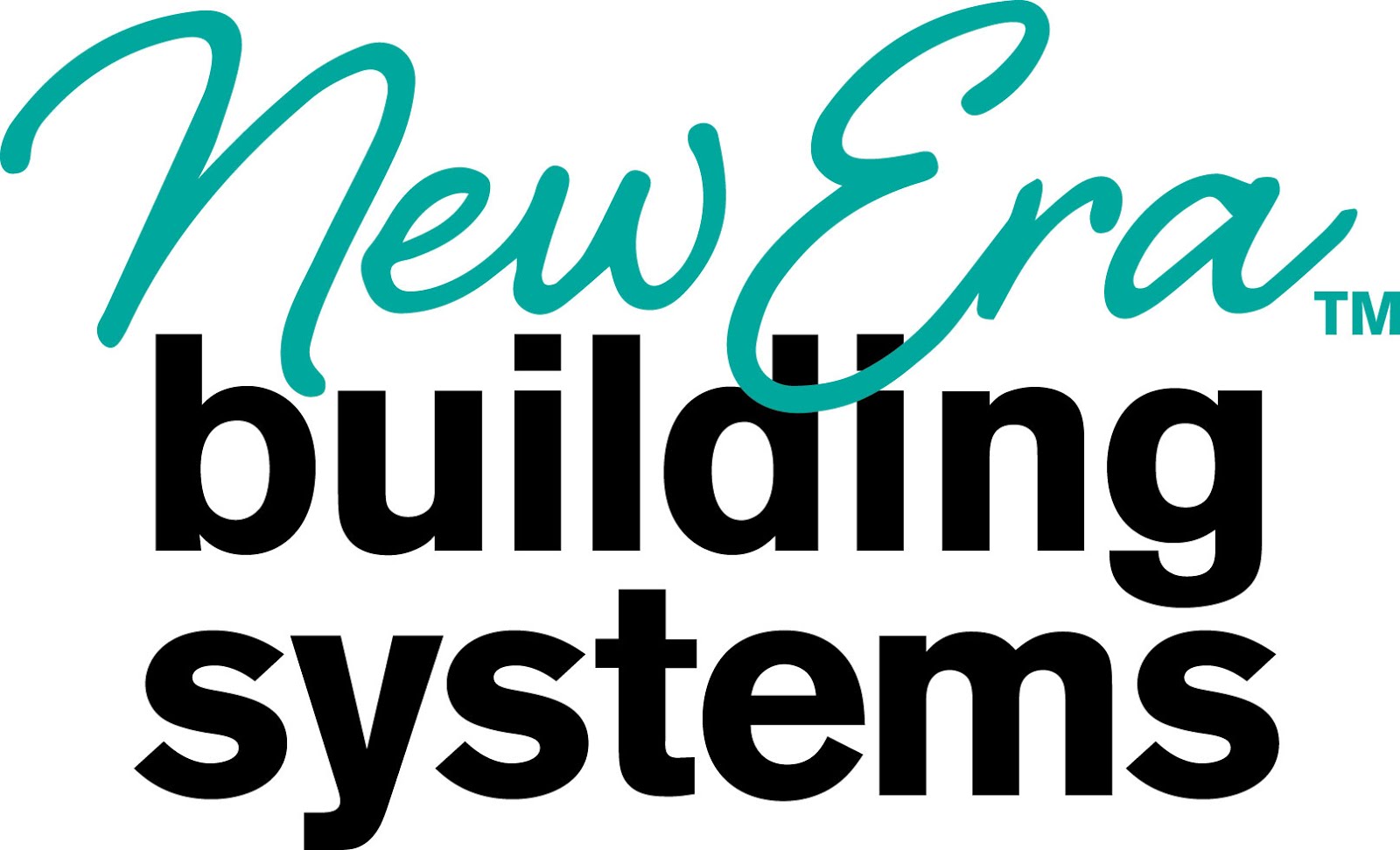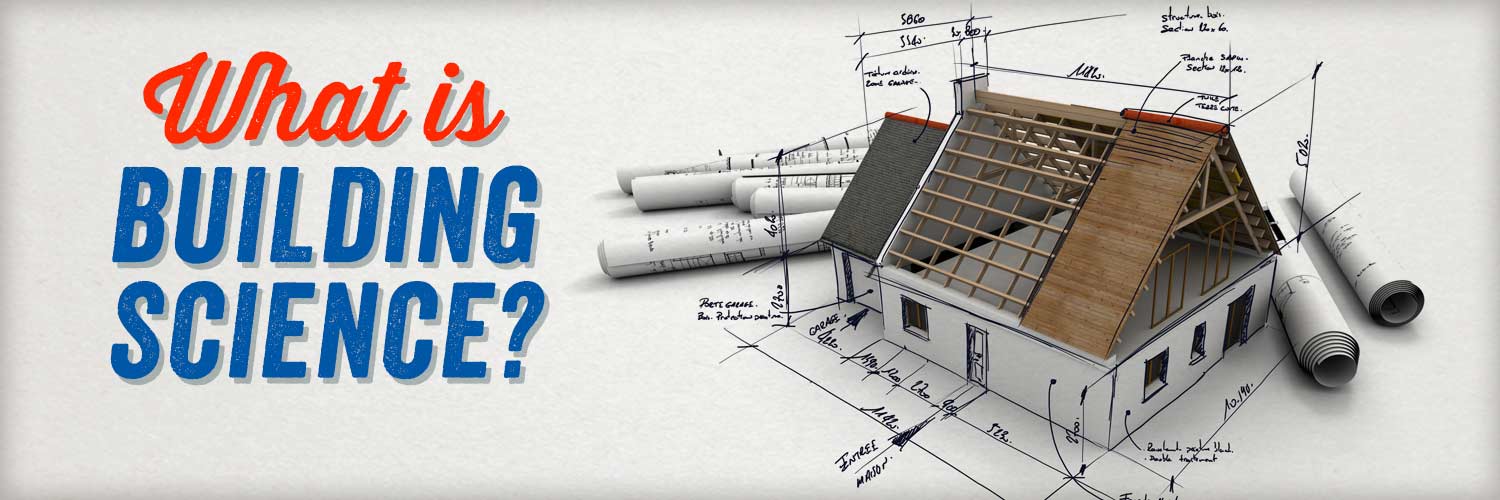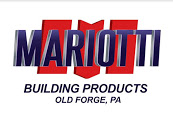Let’s be honest—building science can sound like something out of a textbook that makes your eyes glaze over. But it’s really just common sense wrapped in a fancy name. So, let’s break it down with some simple, real-world analogies that make sense for anyone who’s ever worn a jacket, inflated a balloon, or left their coffee sitting too long.

photo – Thermal Stud
Heat
Heat moves in three ways: conduction, convection, and radiation. Think of it like your favorite winter jacket. A good one traps your body heat inside, just like proper insulation keeps a house warm. If you wear a thin jacket in freezing weather, you’ll be shivering—just like a house with poor insulation. And if it’s airtight but has no insulation? The heat still leaks out, just slower.

Steven Baczek, Architect
Air
Air carries heat and moisture, so managing airflow is key to keeping a home comfortable and efficient. Too much air leakage, and your energy bills skyrocket while moisture sneaks in where it shouldn’t. Too little air movement, and you get stuffy, stale air that makes a house feel like a sealed-up Tupperware container. Think of a balloon with tiny holes. It won’t pop, but over time it deflates. A drafty house is the same—warm air escapes in winter, and cold air leaks in, forcing your heating system to work overtime. The goal is balance: controlled airflow without unwanted leaks.

Building Science Corporations
Water
Water is sneaky and finds its way into buildings in different ways. Bulk water comes from rain leaks, capillary action is when water climbs up walls like a sponge, and vapor diffusion happens when moisture moves through materials. Think of a kitchen sponge. If you leave it soaking wet, it starts smelling musty. A house that absorbs moisture without drying out does the same—hello, mold and rot! That’s why proper moisture barriers and ventilation are non-negotiable.
Buildings take a beating from rain, wind, sun, and time. If you use the wrong materials or skip maintenance, things go south quickly. Think of a car parked outside for years without protection. Rust starts creeping in, paint fades, and metal weakens. A house without proper waterproofing, good materials, and smart design does the same—it just takes a little longer to show the damage.
An energy-efficient building controls heat, air, and moisture so it doesn’t waste energy. Think of your coffee thermos. If it’s well-insulated, your coffee stays hot for hours. A well-built house does the same—keeping warm in winter and cool in summer without constantly running the HVAC.
Startup Factories Need to Understand Building Science too!
Many offsite startup companies get caught up in the excitement of design and financial success, often overlooking the fundamental principles of building science. Eye-catching designs and sleek architectural concepts grab attention, and securing investors depends on selling a vision. However, ignoring how buildings actually perform in real-world conditions can lead to long-term issues like poor energy efficiency, moisture problems, and structural deterioration. These issues don’t show up in a glossy investor pitch but become major headaches once people move in.
Another reason startups focus more on aesthetics and profit margins than building science is the pressure to scale quickly. With venture capital funding and aggressive expansion plans, many companies prioritize fast production and cutting costs over ensuring their homes are durable and efficient. It’s easy to assume that as long as a structure meets basic code requirements, it will perform well enough. But cutting corners on insulation, air sealing, and moisture control can lead to expensive warranty claims, unhappy customers, and buildings that don’t stand the test of time. In the end, ignoring building science isn’t just a technical oversight—it’s a business risk.
My Final Thoughts
Ignoring building science doesn’t just lead to uncomfortable homes—it costs money, leads to callbacks, and shortens the life of a structure. Good building science isn’t about making things complicated—it’s about making homes work better, last longer, and cost less to operate. And if that means thinking of houses like jackets, balloons, and thermoses—so be it!
.
Gary Fleisher, The Modcoach, writes about the modular and offsite construction industry at Modular Home Source.
.
CLICK HERE to read the latest edition
Contact Gary Fleisher












